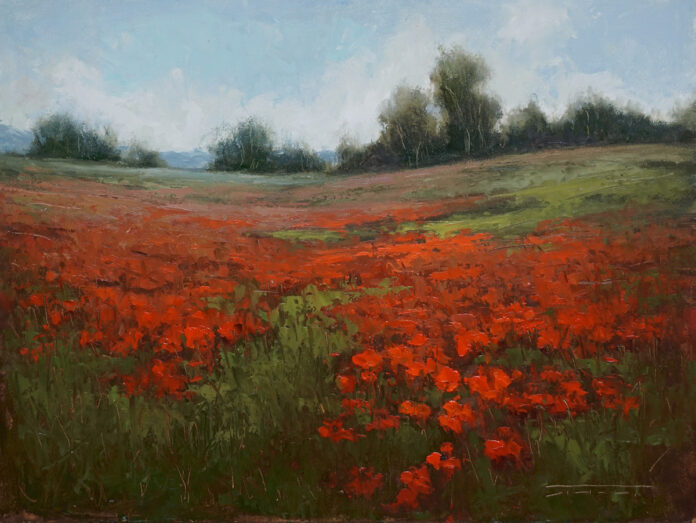by Laura Vailati
Art enthusiast and Editor at Miami Niche
“I am very interested in the emotional aspect of paintings, and plein air – painting nature from life – is about colors, moods, and their reactions,” said Jane Hunt, the 12th most awarded landscape artist in the United States.
Jane Hunt will exhibit at the 11th Annual Plein Air Convention and Expo (PACE), to be held this year at the Great Smoky Mountains & Biltmore Estate, North Carolina, May 20-24.
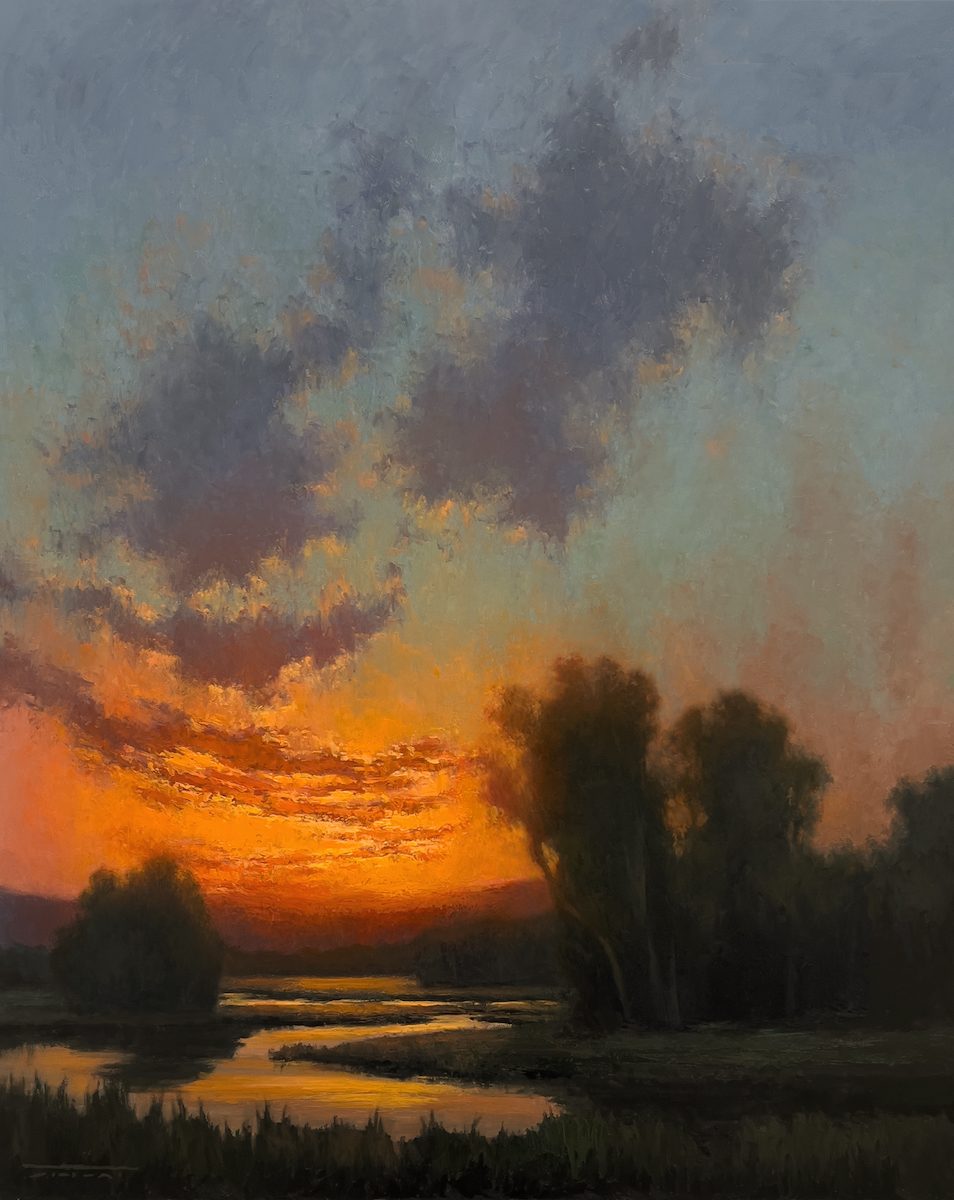
Originally from England, Jane currently lives in Colorado. She moved to the U.S. when she was a teenager and earned a bachelor’s degree in illustration from the Cleveland Institute of Art in Cleveland, Ohio. She began studying medical illustration, but when she found herself, for the first time, working with a cadaver, she realized she was too sensitive to do so.
She then switched to illustration but, in her heart, she always wanted to be an artist. Her paintings prove this. She says she believes studying illustration gave her a solid foundation in the fundamentals of drawing, composition, and the study of tonal and color values, among others.
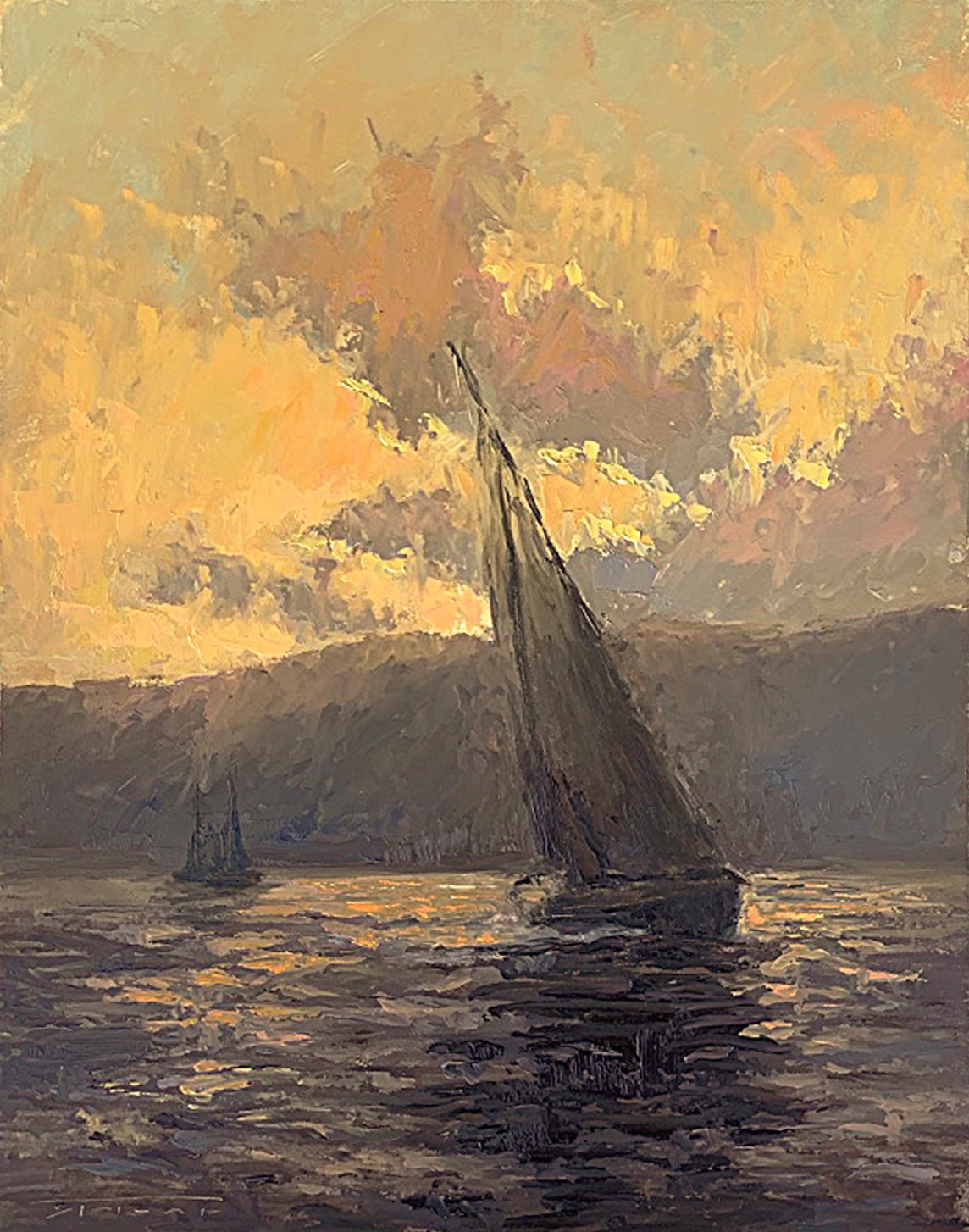
Her passion for oil painting resurfaced in a crystalline way.
Crystalline, like a glimpse of light in the gloomy sky illuminating a stormy sea. A seascape that does not leave indifferent the eyes of those who know how to look. A glimpse so strong that it drove her to seek the precious connection with nature.
She did this by making small sketches from the hospital window where for a long time she stayed to be near her son. The difficulty of the moment, the need to re-establish harmony with nature and the search for peace of soul, caused the figurative art, to which she had initially dedicated herself, to be set aside in favor of emotional landscape painting.
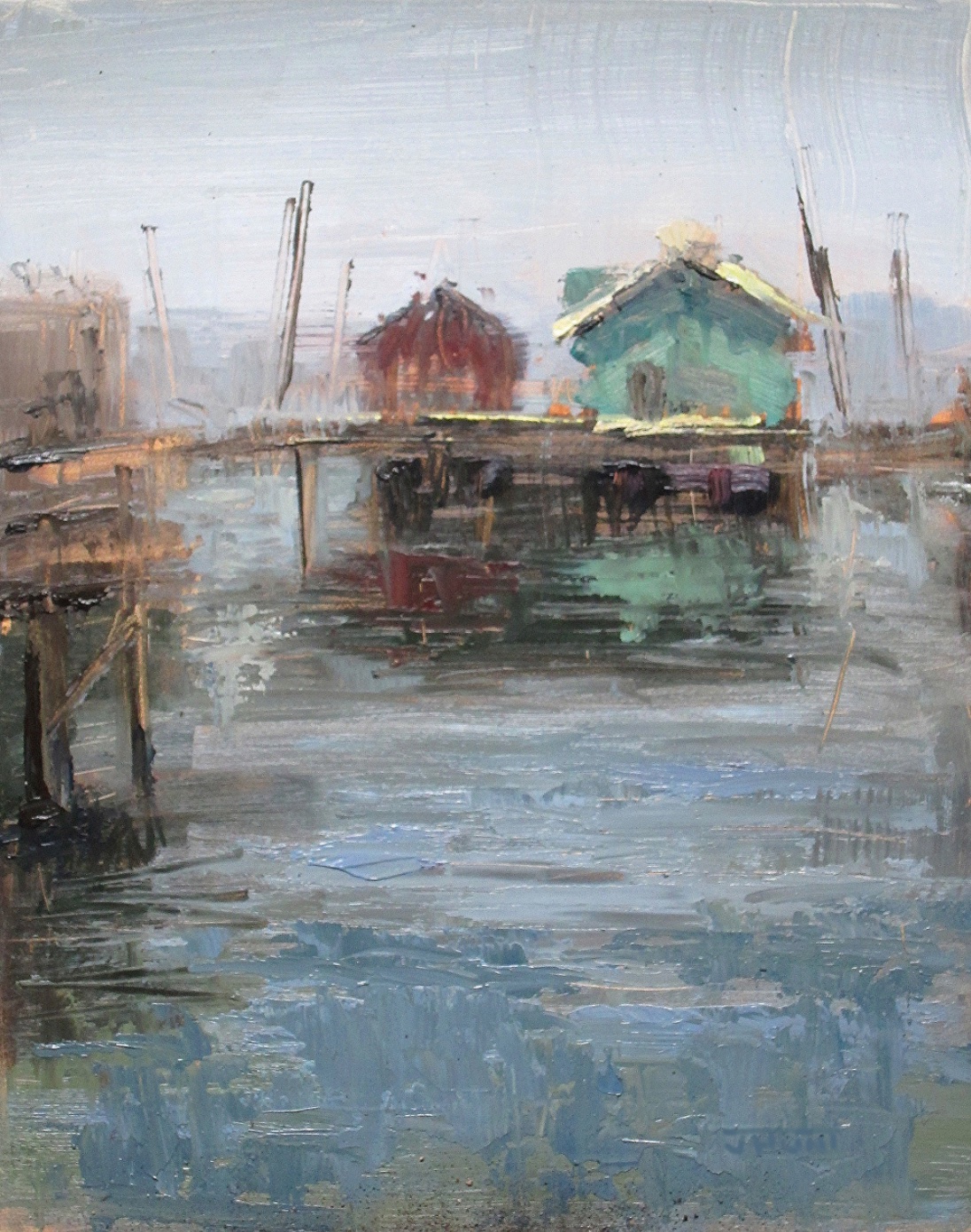
Jane’s works are charged with poetry not only because of the scenes she portrays but also because of the force with which she conveys the emotions she imprints, both with brushstrokes – which follow the cadenced rhythms of the compositional elements – and with the palette knife, to create textures and elevate the work in the direction she desires.
From a technical point of view, the artist considers the role played by drawing and tonal values to be of fundamental importance. Her compositional choices focus on simple glimpses of the landscape in which human presence can only be suggested by a house in the distance.
When it comes to defining skies, she has an intricate system of emotional selection. “I think skies and landscapes are the first point of connection,,” the artist said.
Her immense landscapes and infinite skies are charged with all the drama necessary to make the viewer lose and find himself again, who, in looking at her paintings senses the narrator’s confident guidance toward a condition of inner peace.
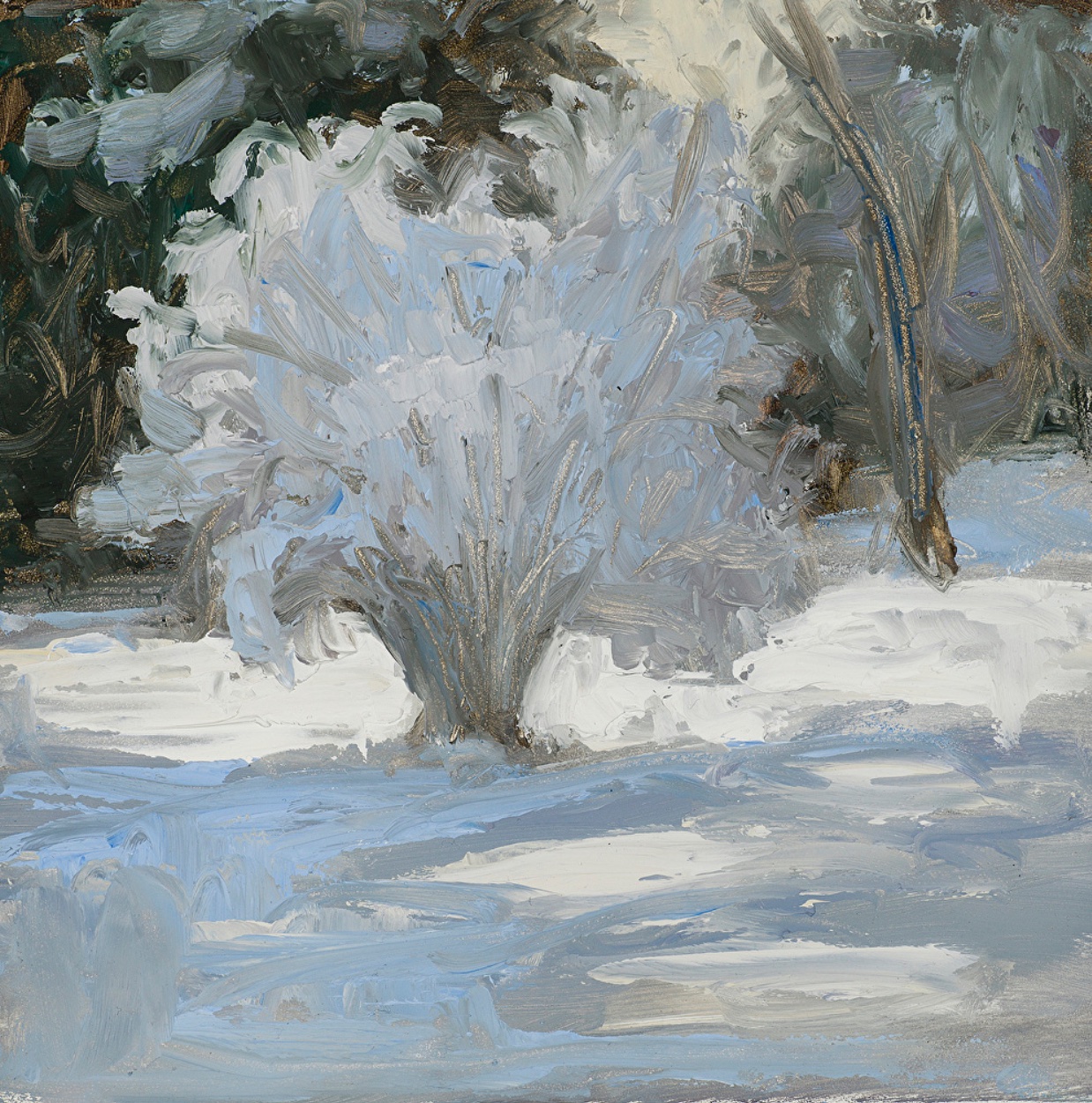
Jane’s process is the same quest for the sublime perpetrated by J.M.W. Turner (1775-1851), who together with Claude Monet (1840-1926,) represents for her a kind of spiritual guide.
Living and growing up in London and frequently visiting the wing dedicated to Turner at Tate Britain; traveling extensively, even to the point of losing herself in the gardens of Monet in Giverny, France, were just some of the factors that fueled in her the desire not to want to follow “deadlines to be respected” but rather emotions to be expressed.
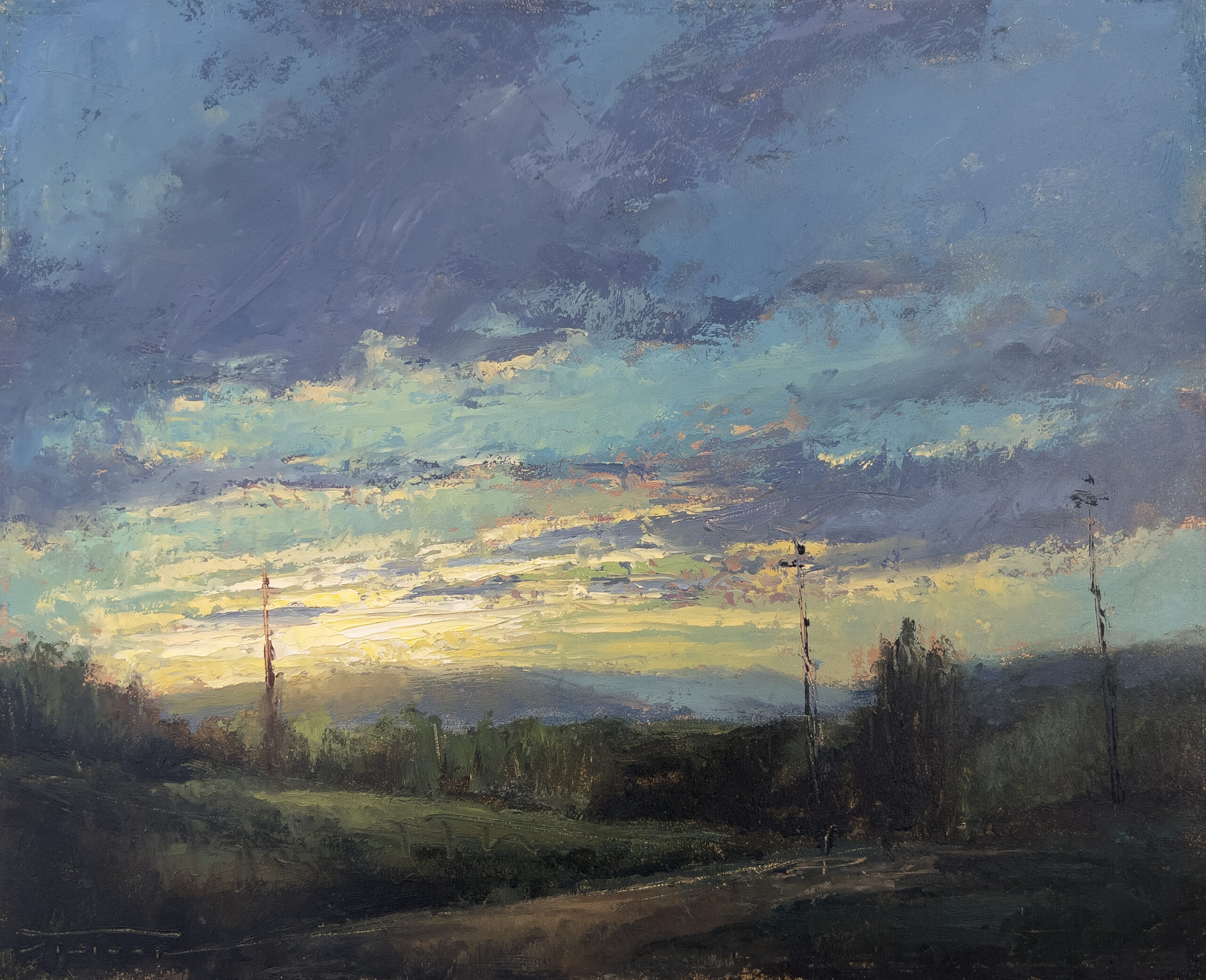
Her way of making art follows the flow of her emotions, which she “fixes” on small preparatory sketches – sometimes 3 x 2 inches – made in plein air and in which she proceeds with blocking of shapes while maintaining four (sometimes two) tonal values.
Her multi-layered brushstrokes follow the cadenced rhythm of nature’s elements while texture, which she spreads with palette knives, lends three-dimensionality to the painting.
While devoted to plein air painting, the artist also often works in the studio where she refines or reworks the sketches made in plein air, sometimes simply finishing them, sometimes reproducing a magnified detail or frame of the scene, sometimes completely reworking the composition.
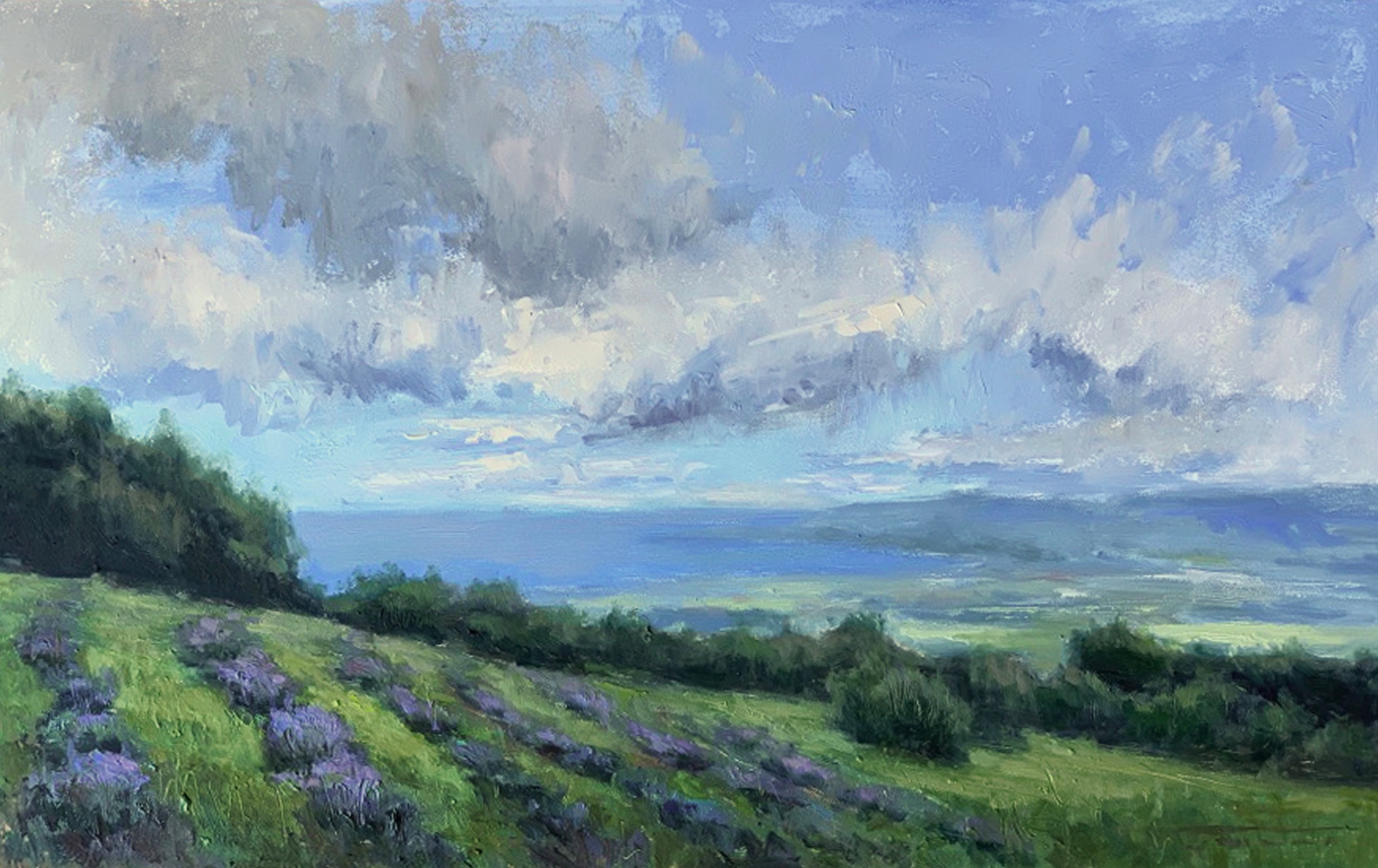
The Plein Air Convention and Expo (PACE) will be an opportunity to listen to the teachings and advice of Jane Hunt who, along with Mark Shasha, in addition to being ‘on field’ to follow up face-to-face with the participants, will also be featured in a critique session.
The critique session is a component that Jane considers to be very important for a variety of reasons. During the demonstration session, as she critiques the submitted works, she will offer advice and she will drive you to realize self-critique, reconnect with nature, and reconnect with your emotions.

